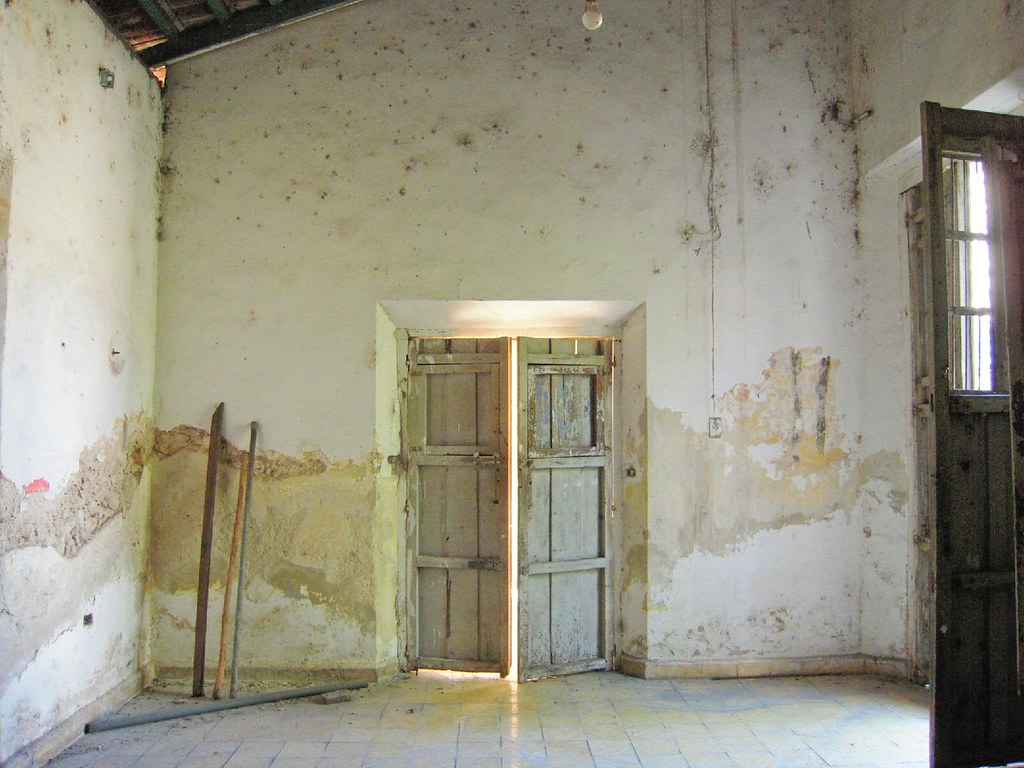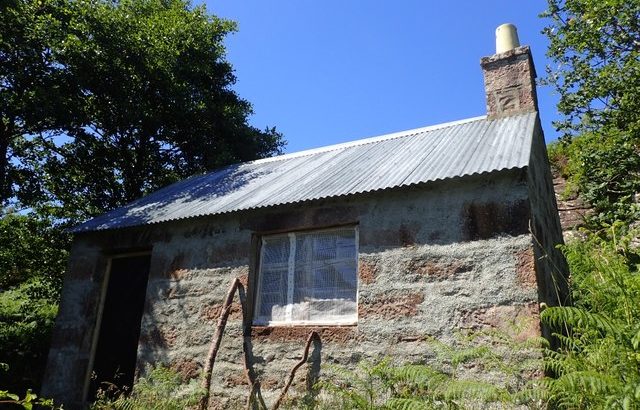By definition, a home renovation concerns an already constructed house. As some houses are older than others, they require more attention. Between the law which sometimes strictly frames the field of possible interventions and the techniques or materials which are becoming rare, renovating an old house requires perseverance. By knocking on the right doors and showing flexibility, the operation remains perfectly conceivable.
Before embarking on the adventure, here are the main things to remember.
Facade work
All work on the exterior of a building, from its roof to its façade cladding, including doors and windows, must meet certain regulatory requirements.
They are set by the municipality where the house is located, and the latter may impose or prohibit materials or colors, but also require that certain architectural limits (heights, distances) be respected. It is therefore always advisable to start by consulting it to make sure of the freedoms that your project will allow.
Good to know: when the renovation does not involve modifying the facade but simply restoring it, no declaration is required.
Work on the walls

In an old house, walls are both an asset and a weakness. Because a beautiful stone or half-timbered wall has a lot of charm, but it requires certain know-how to be renovated.
Facade’s Materials
Stone
Cut or natural, the stones that make up the facade of an old house may require specific treatment. From the simple cleaning to the replacement of those that are too damaged, the general condition of the facade will depend on the work necessary for its renovation.
Some restoration companies specialize in stone facades, but it may also be necessary to contact a stonemason to replace certain parts that are too damaged.
Wood
A wooden facade can be composed of cladding siding or structural panels, the renovation of which depends on the general condition. From simple cleaning to the replacement of the most worn boards, through painting or simple staining, the renovation may require different trades, house painter, facade builder, or even carpenter.
The same solutions for the wood that makes up the half-timbered facades, but the cob that covers the beams will require the use of a specialized craftsman whose know-how is increasingly difficult to find.
Brick
The brick that makes up a facade, whether structural or facing, can be left bare or covered with plaster, rendering, or paint. Its renovation can thus be entrusted to a house painter or a facade builder, but also to a mason if it is in too bad condition.
Note: an old facade can be so damaged that it is sometimes preferable – for reasons of a budget as well as know-how – to partially or totally clad it. This solution also allows the building to be insulated from the outside but forces you to give up the exterior appearance that makes the charm of old houses.
This post will now continue in part 2 in our next publication by next week. Please, stay posted and remember to leave your comments below.




















It’s great that you explain that you can use plaster or paint to cover a brick facade. I’d imagine that knowing if there is any plaster or paint covering the brick would be important if you’re trying to restore a facade. This way, you can find a brick restoration service that has experience with the type of help you require so that they know how to properly work with the materials.